Watercolor Painting
Watercolor is one of the most difficult painting techniques. Watercolor paintings are beautiful, airy, and light. This technique uses special watercolor paint which produces strokes without relief. The blurry appearance of strokes is achieved by painting on wet paper. The quality of the paper affects how the watercolor paint is absorbed and when it dries. When drawing on wet paper it's not necessary to use a brush. You can use a pencil or crayon whose pigment is soluble in water. This technique is called watercolor pencil.
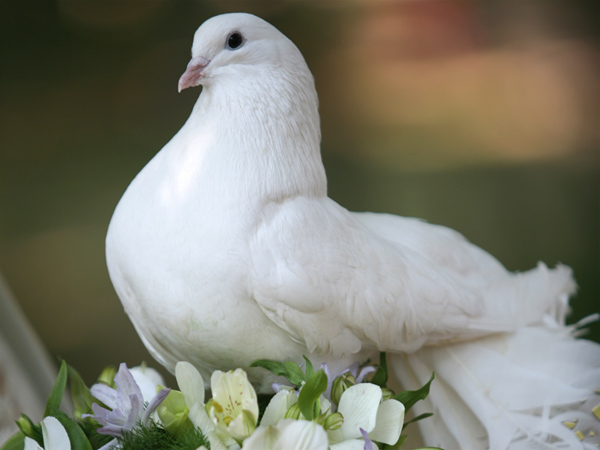
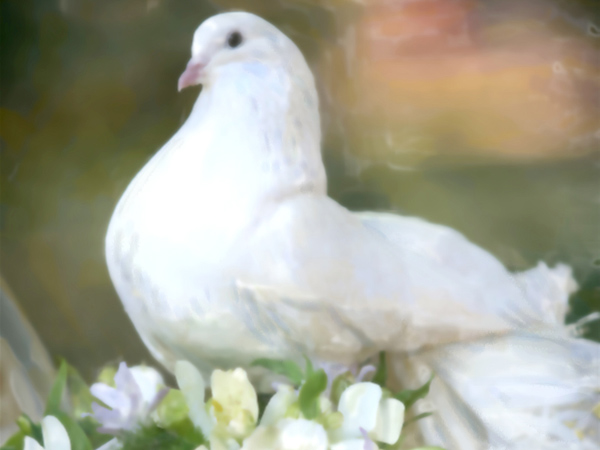
The Painting tab contains the parameters for converting a photo into a watercolor painting.
Painting Parameters:
Simplicity (0-10). The parameter affects the simplification of the image. At higher values strokes are applied more roughly to the image and details are decreased. For a closer resemblance to the original photo this parameter should be set to a lower value, which will preserve more of the original contours. A high value of the parameter provides a greater resemblance to a painting.

Simplicity = 1

Simplicity = 7
Saturation (0-100). This parameter affects the intensity of colors. The higher the value for this parameter, the cleaner and brighter colors will become in the painting.

Saturation = 30
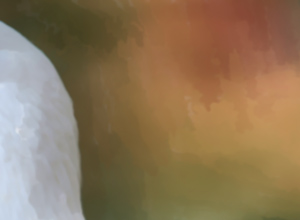
Saturation = 90
Variance (1-100). This parameter affects the heterogeneity of strokes in uniform areas. It changes the number of color tones in strokes over a gradient. At higher value, the number of tone variations in strokes is larger, the differences in tone variations appear more distinct. At lower values the areas are more homogeneous and strokes appear smoother. It is useful when there are large uniform areas in an image and you want to add some variety in tone to the result.
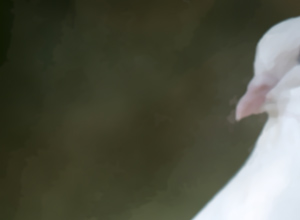
Variance = 20

Variance = 90
Stroke Intensity (0-100). The parameter affects the visibility of strokes. At higher values the borders of strokes appear stronger. The lower the value, the more the result will resemble the original image.
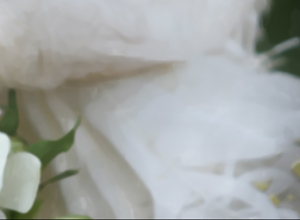
Stroke Intensity = 10
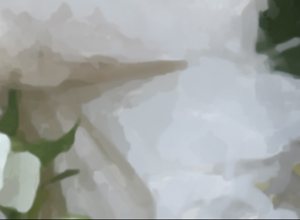
Stroke Intensity = 85
Blurring (0-100). This parameter blurs stroke edges and smears paint.

Blurring = 0

Blurring = 90
Glazing (0-100). This parameter adds more vivid strokes over a painting. The higher the value of this parameter, the stronger the change in basic color tones. In watercolor painting this technique is known as glazing. It adds a thin semi-transparent layer over a dry existing layer. It lets to create very beautiful deep colors.

Glazing = 0
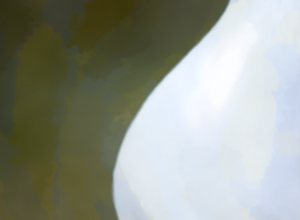
Glazing = 60
Smearing. By default, this check-box is off. When you activate it paint colors flow together and smear, changing the boundaries. If this leads to a strong distortion of objects just uncheck this option.

Smearing disactivated

Smearing activated
Additional Tools:
- The Smudge
 tool is used to manually edit the processed image, for example, to refine the image by removing paint irregularities.
tool is used to manually edit the processed image, for example, to refine the image by removing paint irregularities.
- The Blur
 tool reduces image sharpness by decreasing color contrast.
tool reduces image sharpness by decreasing color contrast.
- The History Brush tool
 fades the effect and restores the image, partially or fully, to its original state.
fades the effect and restores the image, partially or fully, to its original state.
To improve your result you can use the Post-Processing Tools: ![]() ,
, ![]() and
and ![]() .
.
Note: they are only available on the After tab and only under the Home Deluxe and Business licenses.
Attention! If you switch to the Before tab and run the processing  again, the changes made with these tools will be lost!
again, the changes made with these tools will be lost!
